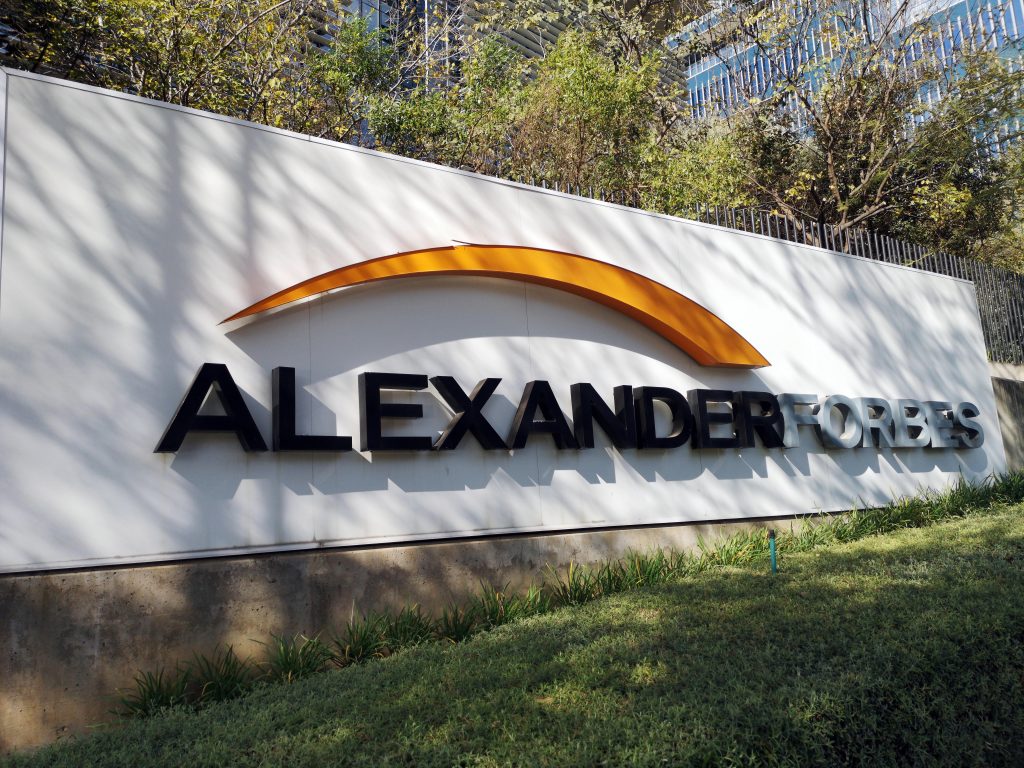For investors watching the energy transition unfold, the surge in prices of compliance credits known as D3 renewable identification numbers (RINs) tells an important story. Refiners and importers of gasoline or diesel are obligated to purchase these biofuel compliance credits. D3 RINs have quietly become a barometer for the challenges facing renewable fuel policy — where government mandates, limited supply, and lagging innovation collide. Understanding the dynamics of this green currency can help investors spot both bottlenecks and breakthroughs in the low-carbon economy.

Source: EPA and Author Analysis
What’s Driving the Spike in D3 RIN Prices
These compliance credits are the “currency” of the US Renewable Fuel Standard (RFS) Program. D3 RINs are linked to cellulosic biofuels, which come from non-food plant material.
Three forces are contributing to the rising prices of D3 RINs:
- Supply Constraints: Cellulosic biofuel production is challenging and costly and continues to lag far behind mandated levels. The limited number of D3 RINs has made compliance more difficult, forcing obligated refiners and importers to compete for a small pool of credits.
- Regulatory Pressure: Government policies have increased the required volumes of advanced biofuels, including cellulosic fuels, even as production struggles to keep pace. The growth rate of D3 RIN target volumes averaged 8.4% between 2021 and 2022. The projected growth rate from 2023 to 2025 is expected to average just over 30%. At the same time, regulators have removed key flexibilities. The Set Rule for 2023, 2024, and 2025 eliminated Cellulosic Waiver Credits as a compliance option, which effectively removed the price ceiling for D3 RINs. And since 2018, no exemptions have been granted for renewable volume obligations, resulting in increased demand for RINs.
Trend Analysis: D3 RIN Volume Targets (billion RINs)

Source: EPA
- Innovation and Investment: Ongoing investment and technological advancements in cellulosic biofuel production can also impact prices. If considerable progress is made, it may initially drive up prices as demand for new, more efficient technologies grows.
Price Relief Is Possible—but Structural Constraints Make It Unlikely
Strong demand, tight regulation, and limited supply have been keeping D3 RIN prices high. Several developments could ease pressure on D3 RIN prices, but so far, few show signs of materializing.
Here’s what might push prices lower:
- Regulatory Relief: If the government reduces renewable fuel volume targets or allows RINs to carry over from previous years, demand could ease.
- Waivers and Exemptions: Small refinery exemptions (SREs) could reduce the number of obligated parties required to purchase RINs. More waivers could lower demand, but none have been granted since 2018.
Summary of Small Refinery Exemption Decisions Each Compliance Year

Source: EPA and Author Analysis
- Improved Market Liquidity: More active trading in the RIN market could increase efficiency and lead to more competitive pricing.
- Technological Breakthroughs: Advances that make cellulosic biofuel production cheaper or more scalable would help increase supply.
- Lower Compliance Costs: If obligated parties find cheaper ways to meet their RFS obligations, demand for RINs may decrease.
- Economic Factors: Broader economic conditions, such as falling crude oil prices can influence the competitiveness of renewable fuels.
Currently, there are no clear indications that D3 RIN prices will decrease. Market factors, such as increasing demand for renewable fuels, regulatory requirements, and the limited supply of qualifying biofuels, are keeping prices elevated. Additionally, ongoing policy support and production constraints contribute to sustained price pressure. As a result, it is unlikely that we will see a significant drop in D3 RIN prices soon.
Impact For Investors
Over the past decade, D3 RIN credits have proven to be among the most significant factors affecting the financial viability of biogas projects across the United States. While project costs and operational complexities vary by region, infrastructure, and feedstock, the economics of most projects are fundamentally tied to D3 RIN prices remaining above a critical level.
Since 2015, the price of D3 RIN credits has fluctuated within a broad range, reflecting changes in market dynamics and regulatory factors. Based on historical data, D3 RIN prices have varied from a low of $0.46 to a high of $3.50 per credit. Although prices are currently elevated, the economics of these projects remain sensitive to downward price movements. On average, trends observed across diverse projects nationwide indicate that if D3 RIN credits ever fall below $1.15, many ventures become financially unfeasible. This price threshold serves as a rough break-even point for many developers and is a key metric for assessing project risk. This underscores the broader investment implications tied to regulatory risk, energy transition volatility, and market inefficiencies.
The elimination of price ceilings and waivers has intensified market dynamics, further amplifying demand. For investors, this creates both risk and opportunity — emphasizing the need for active monitoring and strategic positioning. Projects that incorporate risk mitigation tools, such as long-term credit hedging or structured offtake agreements, are better equipped to navigate volatility and deliver resilient returns in the maturing low-carbon fuel sector.

 3 hours ago
1
3 hours ago
1






















 English (US) ·
English (US) ·